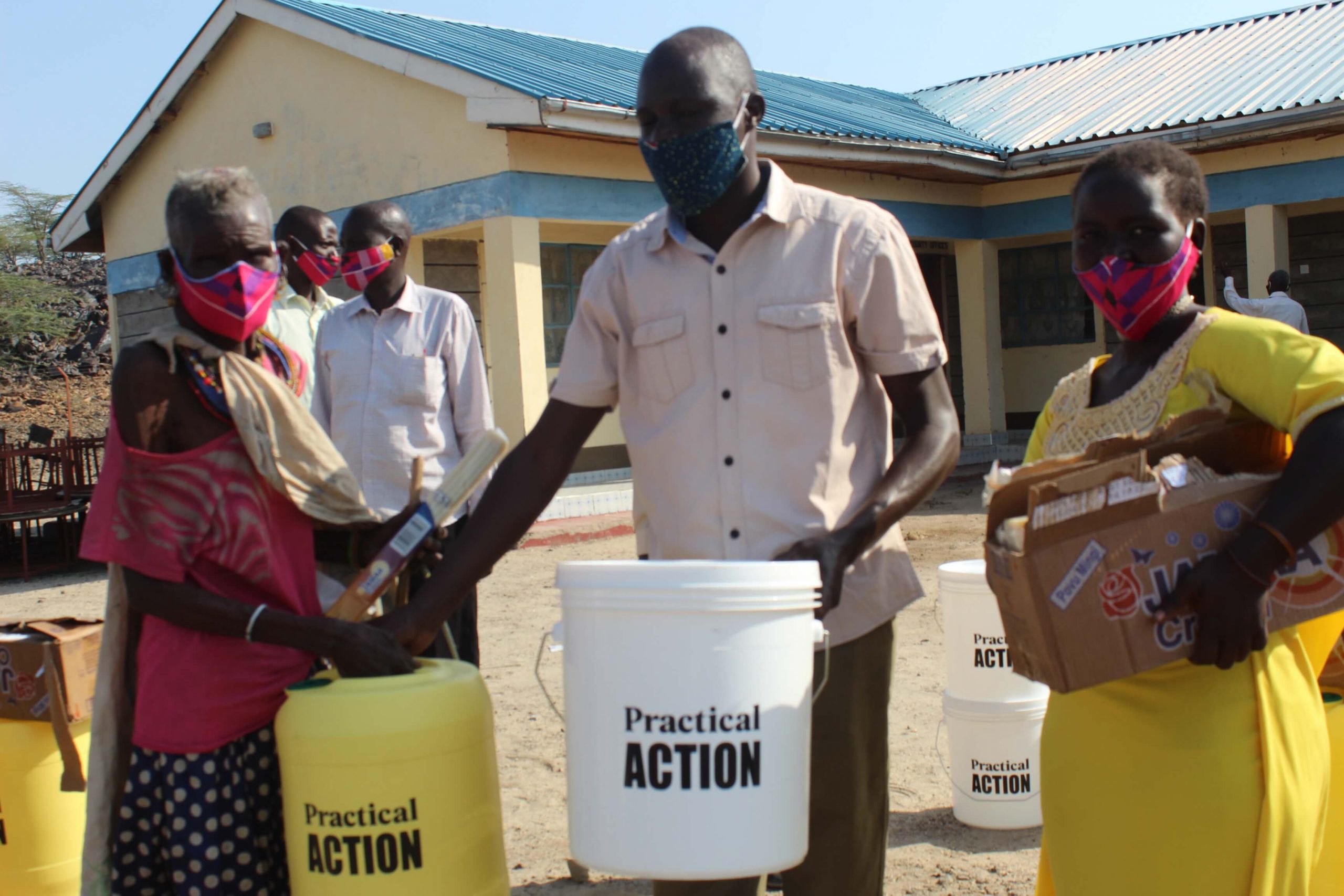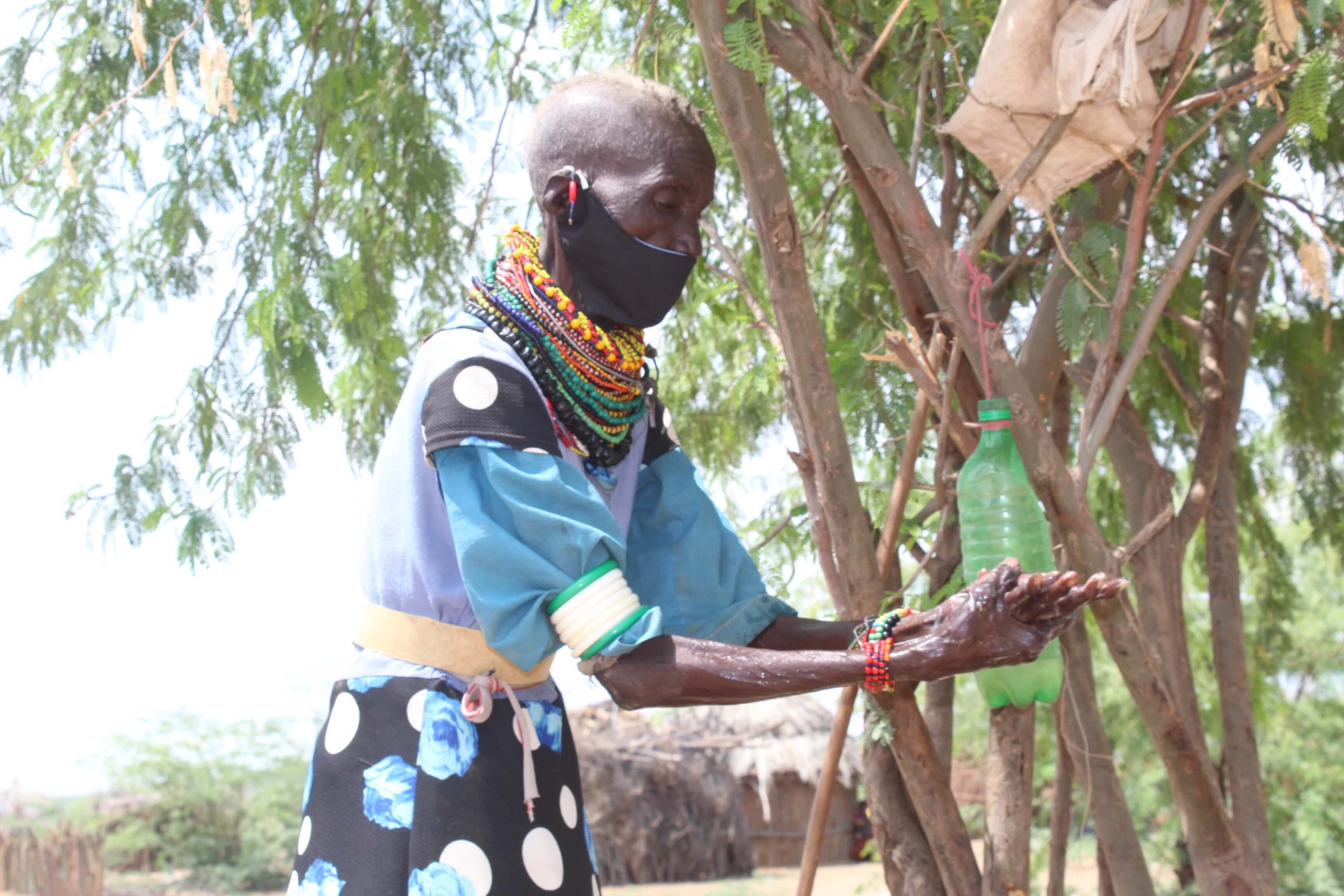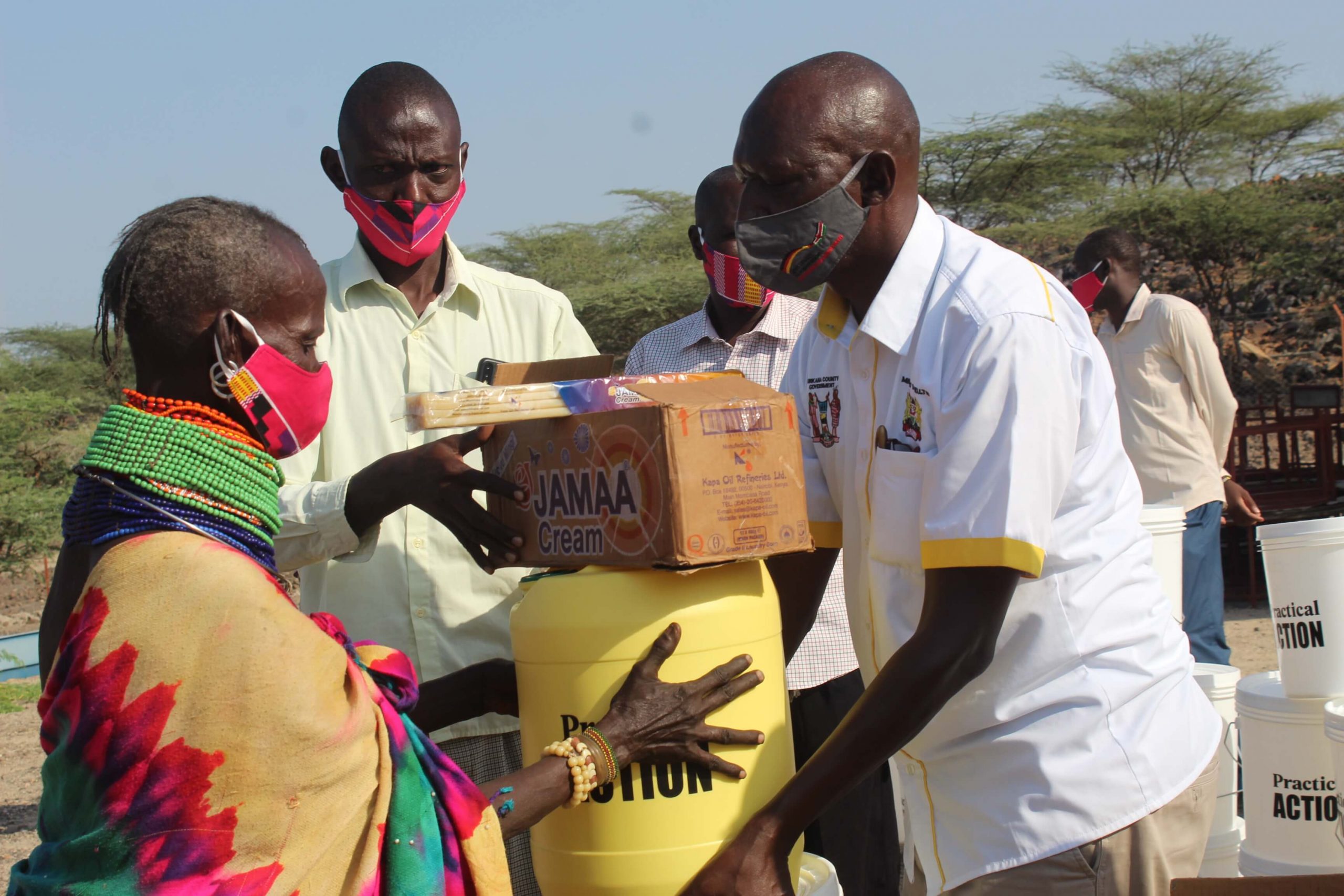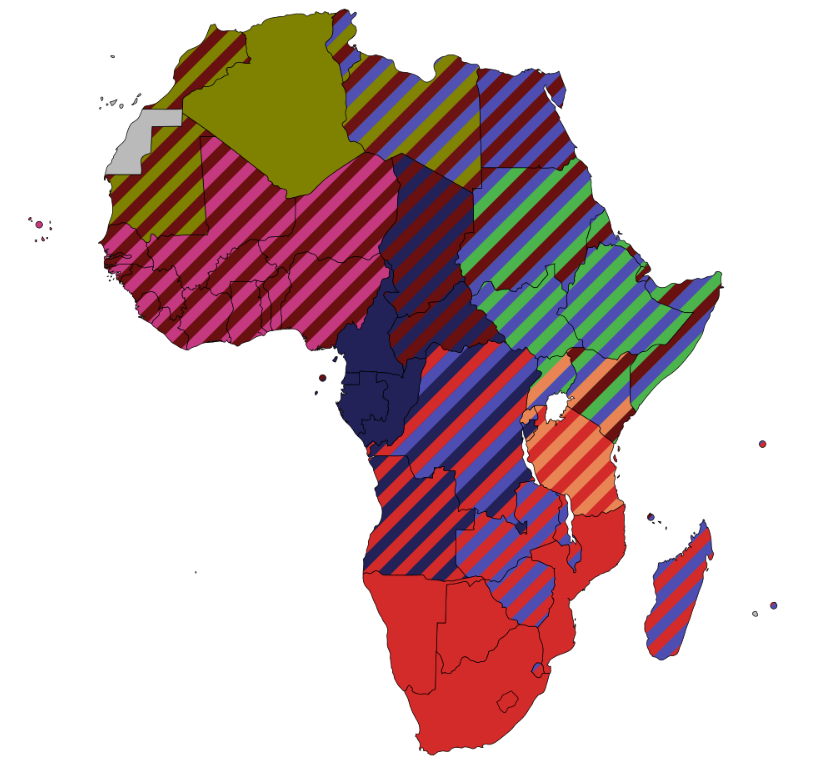Onyango Rachael
Kenya is among the least contributors to greenhouse gas emissions worldwide but still bears the brunt of climate change. A third consecutive below-average rainfall is negatively affecting food availability and access for women, men, and children in 20 of the 23 arid and semi-arid land (ASAL) counties. According to the National Drought Management Authority’s (NDMA) October 2022 report, 4.35 million people are now in need of humanitarian assistance. 942,000 children aged 6-59 months are acutely malnourished and 134,000 cases of pregnant or lactating women are acutely malnourished and need treatment.
How did we get here? As far back as November 2021, the Famine Early Warning System Network issued an alert on the imminent drought in the Horn of Africa, should the poor rainfall continue until 2022. However, challenges in coordination between the national and county governments, as well as amongst sector players to streamline and synergize efforts to respond to climate change impacts, remain a big setback.
Vulnerability to climate shocks such as this drought is destroying the local livelihoods of small-scale farmers and herders. Already, pastoralists are losing thousands of animals, and the livestock market in places like Kajiado County has collapsed. Scientific evidence points to the frequency of droughts, floods, and other extreme climate events, as damaging to the climate system. The climate crisis has long been a conversation for global events and seminars, like the upcoming 27th Conference of the Parties of the UNFCCC (COP27) in Egypt. However, communities that experience its greatest impact, and hence cannot meet their household food needs, need their voice to be heard.
Women in arid areas such as Turkana County, are heavily affected by climate change. It exacerbates their vulnerability and amplifies existing gender inequalities in livelihoods, health, and safety. Severe drought forces women and girls to travel long distances to fetch water for domestic consumption. Traditionally, women also have the most responsibility for environmental sanitation, and drought only amplifies that burden. Girls’ access to education in rural Turkana is greatly affected as they are kept out of school to search for water. As the custodians of the households, disasters like floods only find women at home as men leave with the livestock.

So, what do we do today to avert the next drought? Investments in responsive drought warning systems need to increase. Weather and climate forecasting should provide informative and operational data that can help in projecting future droughts and flood episodes. This should be coupled with clear, simple, useful, and usable information that is critical to enable proper preparedness and response by communities. It will help safeguard lives and livelihoods.
Already a lot is being done to strengthen the resilience of communities against climate shocks. There are livestock offtake programs by the government and partners, distribution of animal feeds as well as veterinary services to help protect the livestock. Other long-term measures include training and awareness creation in communities and radio programs to share weather and climate information.

We have a new government that is faced with the task of immediately collating support for life-saving measures. Already, the President announced an allocation of Sh. 5.2 billion to support food distribution. Earlier in his speech at the United Nations General Assembly, the President called on the UN member states and stakeholders to offer financial support, capacity building, and transfer of adaptation technologies. Crowdfunding and catalytic funding models can be a great entry point as these de-risk investments, including credit guarantee schemes for small business to bolster economic resilience amidst climate change.
In addition, the government should prioritize investments in systems that will enhance people’s resilience. First, is focused on water access through underground mapping of aquifers, drilling and equipping boreholes, and conducting comprehensive water reticulation to enhance access. Second, while communities require immediate cash transfers, long-term food security is paramount through micro irrigation systems and nature-based enterprises like aquaculture, beekeeping, and poultry among others, as well as the development of pastureland, veterinary services, water provision, livestock insurance, and proper marketing. Third, the new administration should put more focus on early warning and early action to help the communities with proper information to enable them to avert disasters.

We have to rethink and appraise Kenya’s existing strategies to combat the causes and impact of climate change. These include the Kenya Climate Smart Agriculture Strategy which is a quintessential piece due to Kenya’s GDP exposure to climate change as the economy is significantly agro-based.
With COP27 just behind us, Kenya will need to strategize alongside peers to clamor for progressive climate financing such as those that will help the country overcome costly losses and damage due to climate change.
To find out more about the projects we’ve implemented in Kenya alongside our partners, please visit practicalaction.org
Onyango Rachael works for Practical Action



